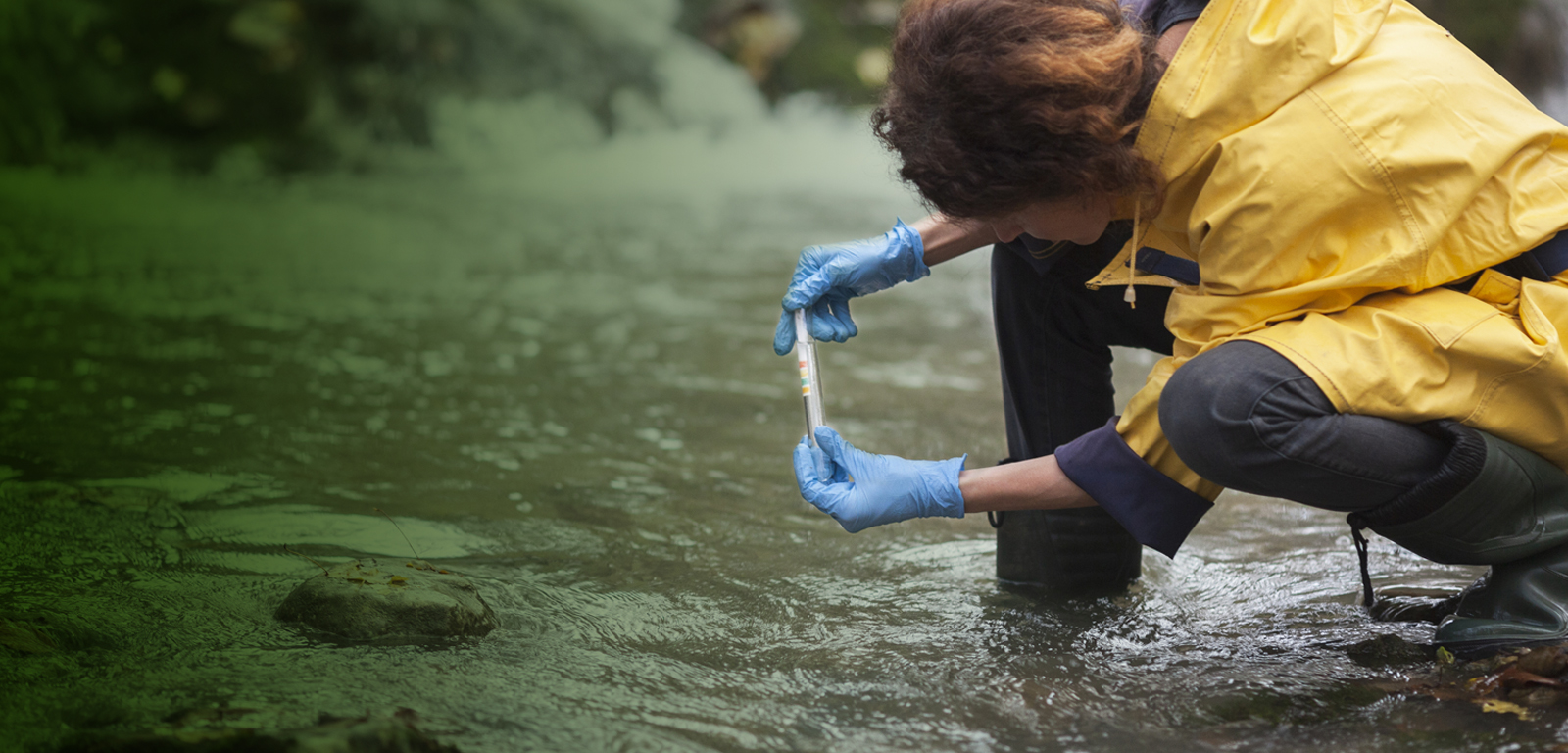Subject
Environmental and Analytical Chemistry
General details of the subject
- Mode
- Face-to-face degree course
- Language
- English
Description and contextualization of the subject
The most up-to-date instrumental methods for trace analysis (for both organic and trace metal contaminants) in aquatic and atmospheric samples will be presented. The basics of elemental and molecular analysis will be covered with a focus on mass spectrometry and chromatography as well as spectroscopy. Specificities of environmental sampling, sample preparation, quantification and speciation will be emphasized. Case studies will allow the discussion about the applications of these methodologies and strongly support the theoretical understanding of both their interests and limitations in studying water and air pollution.Aims
¿ To provide exposure to the most up-to-date analytical methodologies for both targeted and non-targeted analysis in environmental samples.
Teaching staff
| Name | Institution | Category | Doctor | Teaching profile | Area | |
|---|---|---|---|---|---|---|
| ORTIZ ZARRAGOITIA, MAREN | University of the Basque Country | Profesorado Agregado | Doctor | Bilingual | Cellular Biology | maren.ortiz@ehu.eus |
Competencies
| Name | Weight |
|---|---|
| Que el estudiante sepa y entienda los conceptos teóricos de los ciclos biogeoquímicos, así como los aspectos prácticos de los mismos y sus aplicaciones. | 16.0 % |
| Que el estudiante sepa y entienda los conceptos teóricos en torno a la biodisponibilidad de contaminantes químicos ambientales, así como los aspectos prácticos y sus aplicaciones. | 16.0 % |
| Que el estudiante sepa y entienda los conceptos teóricos en torno a los Programas de seguimiento ambientales de los niveles y efectos de los contaminantes químicos ambientales, así como los aspectos prácticos y sus aplicaciones. | 16.0 % |
| Que el estudiante adquiera destreza básica en técnicas específicas. | 16.0 % |
| Que el estudiante posea habilidades en el procesamiento y análisis de datos de contaminación y toxicidad y experiencia investigadora obtenida mediante un proyecto individual de investigación avanzada. | 16.0 % |
| Que el estudiante sea capaz de recolectar, registrar y analizar (tratamiento y computerización) datos sobre contaminación y toxicidad (de campo y de laboratorio) mediante técnicas y equipamiento de última generación. | 16.0 % |
Study types
| Type | Face-to-face hours | Non face-to-face hours | Total hours |
|---|---|---|---|
| Lecture-based | 24 | 36 | 60 |
| Seminar | 1 | 2 | 3 |
| Applied laboratory-based groups | 2 | 3 | 5 |
| Workshop | 33 | 49 | 82 |
Training activities
| Name | Hours | Percentage of classroom teaching |
|---|---|---|
| Case studies | 10.0 | 40 % |
| Classroom/Seminar/Workshop | 82.0 | 40 % |
| Laboratory/Field | 5.0 | 40 % |
| Lectures | 50.0 | 40 % |
| Seminars | 3.0 | 38 % |
Assessment systems
| Name | Minimum weighting | Maximum weighting |
|---|---|---|
| Written examination (theory) | 0.0 % | 100.0 % |
Learning outcomes of the subject
At the end of the Unit, you should understand:1. The key steps of a trace analysis procedure
2. The interests and limitations of the most commonly applied or newly developed analytical methods for environmental samples
Temary
Topics covered include:Basics on mass spectrometry and coupling with chromatography
ICP-MS methods for elemental trace analysis.
Sample preparation methods for trace analysis in air, water, sediment and biological matrices
Specific issues about quantification and speciation in environmental samples
Bibliography
Basic bibliography
E. Hoffmann. 2008. Mass spectrometry: principles and applications, John Wiley & Sons, Chichester, UK.V.R. Meyer. 2010. Practical high-performance liquid chromatography. John Wiley & Sons, Chichester, UK.
S. Mitra (Ed.). 2003. Sample preparation techniques in analytical chemistry. Wiley-Interscience, Hoboken, New Jersey
Introduction to Environmental Analysis, R. N. Reeve, 2002, J. Wiley & Sons


